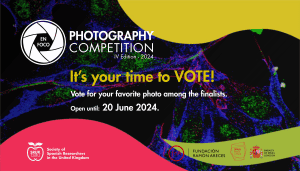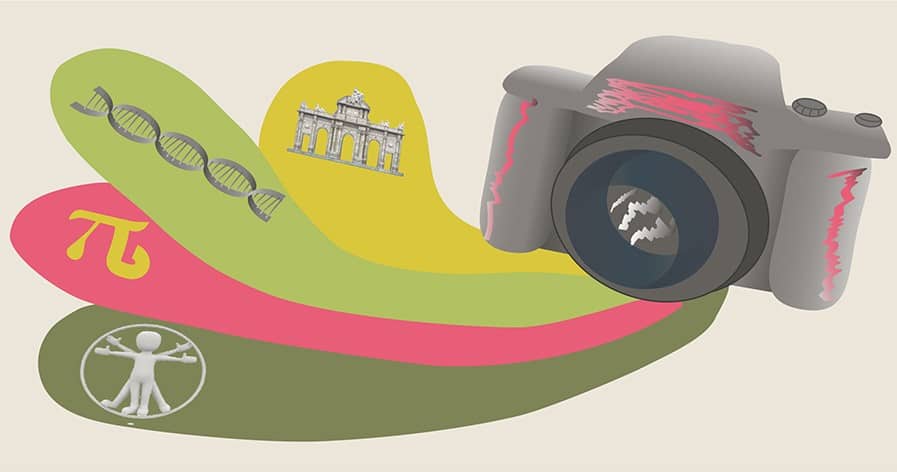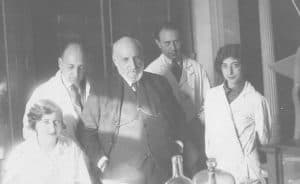Here, we try to answer the most common questions from the contestants. It is split in four sections: Timing, Participation, Evaluation of the stories and Rights of use and publication. If your question has not been answered below, contact the team of Science-me a Story.
Section 1. Timing.
When and how long is the call for submissions open?
Science-me a Story is a contest that takes place every year since March 2018 and it will continue like that unless otherwise announced. Each call opens generally between mid-February and mid-March, and is announced two weeks in advance through the society of Spanish Researcher in UK social media and website. Then, once the call is officially open, it will remain so until the deadline stated in the competition rules. That is generally around two months.
When are the winners and finalists announced?
Once the call closes, approximately two months are needed to evaluate all the entries properly. That means that the winners and finalists are generally announced between mid-June and mid-July. First, we will personally contact the winners and finalists by phone or email, and then, we will announce them in the society of Spanish Researcher in UK social media and website. An email is also sent to all the participants to let them know about the winners and finalists.
Section 2. Participation.
Can anyone younger than 18 years old participate in the competition?
Although it would be great to have a category for participants younger than 18 years old to participate in the competition, this is still not possible for us to implement, so you must be 18 years old or over at the time of participating to do so.
Can stories be coauthored?
Yes, one story can be written by more than one author, however, if the story is awarded, a single prize will be shared between the coauthors.
Can stories be submitted with illustrations?
No, stories containing illustrations will not be accepted to enter the competition. The illustrations must be removed before submitting them.
Can poems be submitted as well?
Yes, poems are accepted although there is not a category dedicated to them. They will compete against the rest of the stories submitted.
In which languages can stories be submitted?
Stories can be submitted either in Spanish or in English. It is also possible to participate in both categories but the stories submitted must be different from each other.
Is it necessary to submit the story together with a sealed bid and a pseudonym? How is anonymity kept?
No sealed bid nor pseudonym is needed because the judging panel evaluates anonymous stories.
The anonymity of the participants is maintained as follows. The Science-me a Story organising committee receives via email to [email protected] all the competition entries, including:
- The stories named by the title in a PDF format with no personal information, signature or identification of the contestant.
- The data from the authors in the body of the email sent to participate in the contest. The email will only include the contestant’s name, nationality, email address and telephone number (including the country’s telephone code) together with the competition category selected.
A private database correlating the author’s information with the stories is created by the organising committee and stored until the call closes. The members of the judging panel will receive the PDF files identified only by the title. Once the winner and finalist stories are selected by the judging panel, the organising committee retrieves the data of the corresponding authors from their private database.
Section 3. Evaluation of the stories.
How are the stories evaluated?
Due to the high volume of entries received, stories are generally evaluated in two phases. First, when the call closes, the stories are randomly distributed between the members of the judging panel. That is, if 100 entries are received and there are four judges, each of them receives 25 stories to evaluate. A score/mark is given to each story from 0 to 100 and the five stories with the highest score/mark from each of the judges will advance to the second phase. That means that generally, only 20 stories are evaluated in the second phase. This time, all the members of the judging panel read and evaluate all the stories (20) also providing a score/mark from 0 to 100. The final score for each story is the average of the four different evaluations.
Which are the evaluation criteria used by the judges?
The organising committee provides the judges with an evaluation guideline. These guidelines have been designed to focus on the evaluation of five main parameters: the science, language, style, age-adequacy and values of the stories.
Is feedback to contestants provided about their submission to improve in the future?
No. Unfortunately, the judges, that are voluntarily giving their time to evaluate the stories, must read many stories in a limited time frame. That makes it impossible to provide individual feedback to participants.
Section 4. Rights of use and publication.
Why does the Society of Spanish Researcher in the UK (SRUK) keep the rights of use and publication of the award-winning stories and finalists?
The Society of Spanish Researcher in the UK (SRUK) is a non-profit organisation devoted, among other things, to the communication of science and the organisation of outreach events and activities. As such, we work in different non-profit initiatives to make the award-winning stories and finalists accessible to as many children as possible. We need to keep the rights of use and publication to make these activities possible. One example is the collaboration agreements we have with Principia Kids and The University of Liverpool to be able to publish the winner and finalist stories online for everyone to access them. We inform the authors about the activities we organise using their stories and their authorship is always visible.
Disclaimer. Please bear in mind that the competition organisers are volunteers that do not receive any economic compensation for the time, work, passion and effort they put into Science-me a Story. They are passionate about bringing science closer to children and they work to make this initiative possible during their free time but this is not their main occupation and they all have full-time jobs. This means that some times, in busy periods, it may take them some time to reply to your emails.






